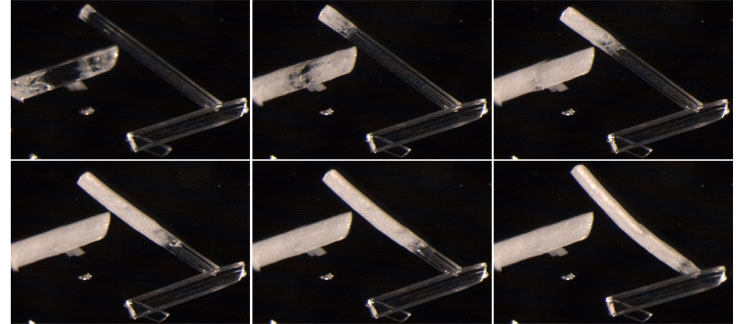The majority of drugs are administered as solids and solidstate properties influence significantly their performance. The optimal solid form should have chemical and crystalline stability, the right pharmacokinetic profile and be easy to process. When the solid active ingredient exhibits crystalline structure transformations, they need to be taken into account for performance and intellectual property considerations. In the case of generic drugs, the presence or absence of a specific polymorph, and/or the formation of specific hydrates or solvates could determine the feasibility of launching a certain product.
Enantia collaborates with pharmaceutical companies in the identification and detection of different crystalline phases in drug substances and products. Regarding the equipment of choice to undertake such projects, ALBA Synchrotron beamline BL04-MSPD (Materials Science and Powder Diffraction) is the perfect complement to Enantia’s state of the art X-ray diffractometer.
In comparison with conventional radiation, synchrotron light is better as it is much more intense and monochromatic, andits wavelength can be finely tuned. This implies an enhanced signal-to-noise ratio (so smaller peaks can be detected), a shortening of the measurement time, the possibility of acquiring data from very small amounts of sample, and the possibility of discerning close peaks alongside with a more precise determination of peak intensity ratios.
Hence, Enantia is currently using the synchrotron light to detect small amounts of chemical impurities and undesired polymorphs/hydrates/solvates (depending on the structure, detection of a 0.05% content of a “contaminant” phase is possible). Kinetic studies when dealing with unstable samples, determination of the crystal structure from powder diffraction (when single crystals are not available) and analysis of small sized single crystals can also be performed.

Fig. Crystalline phases can undergo structural transformations under changing conditions.




